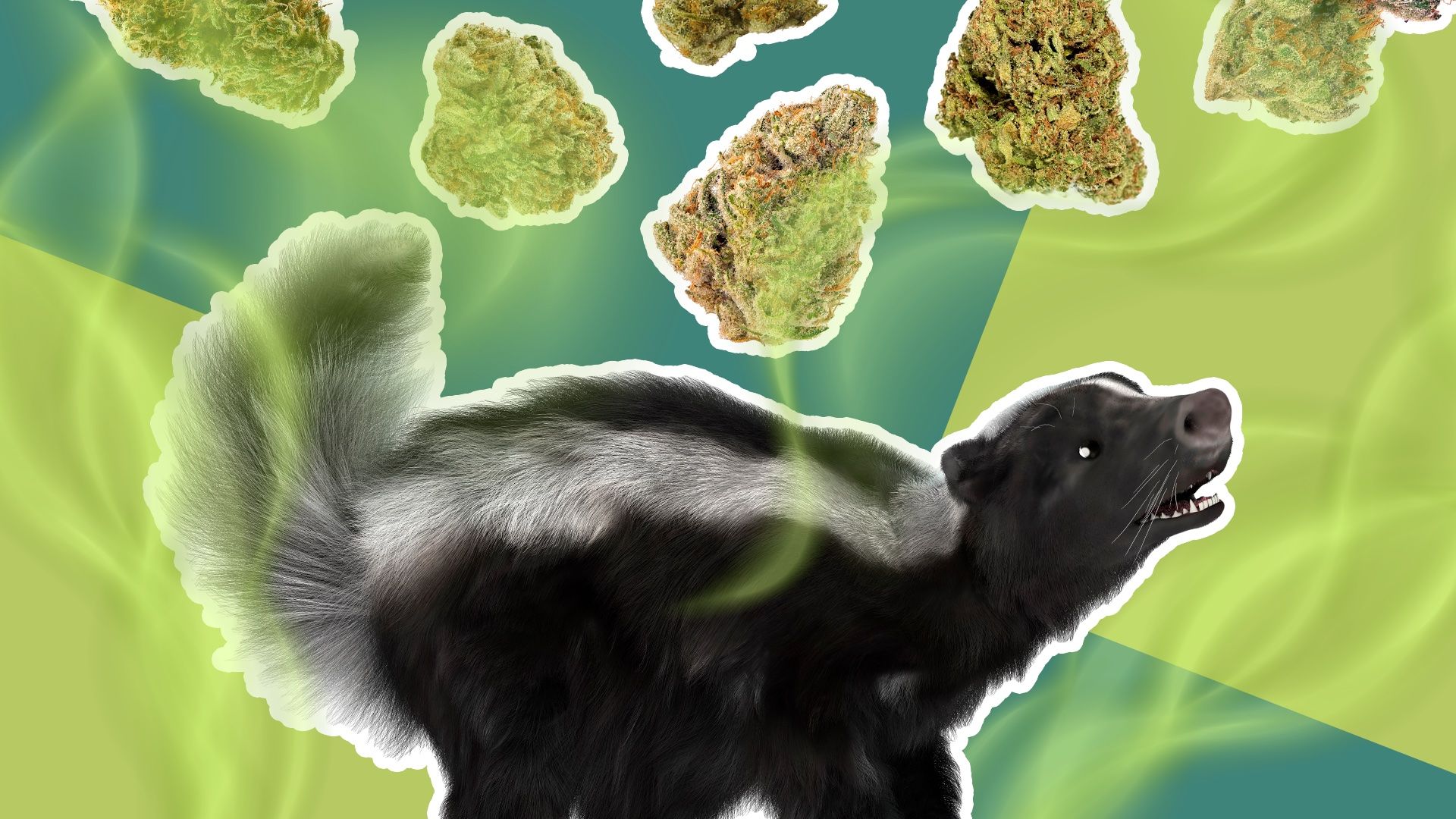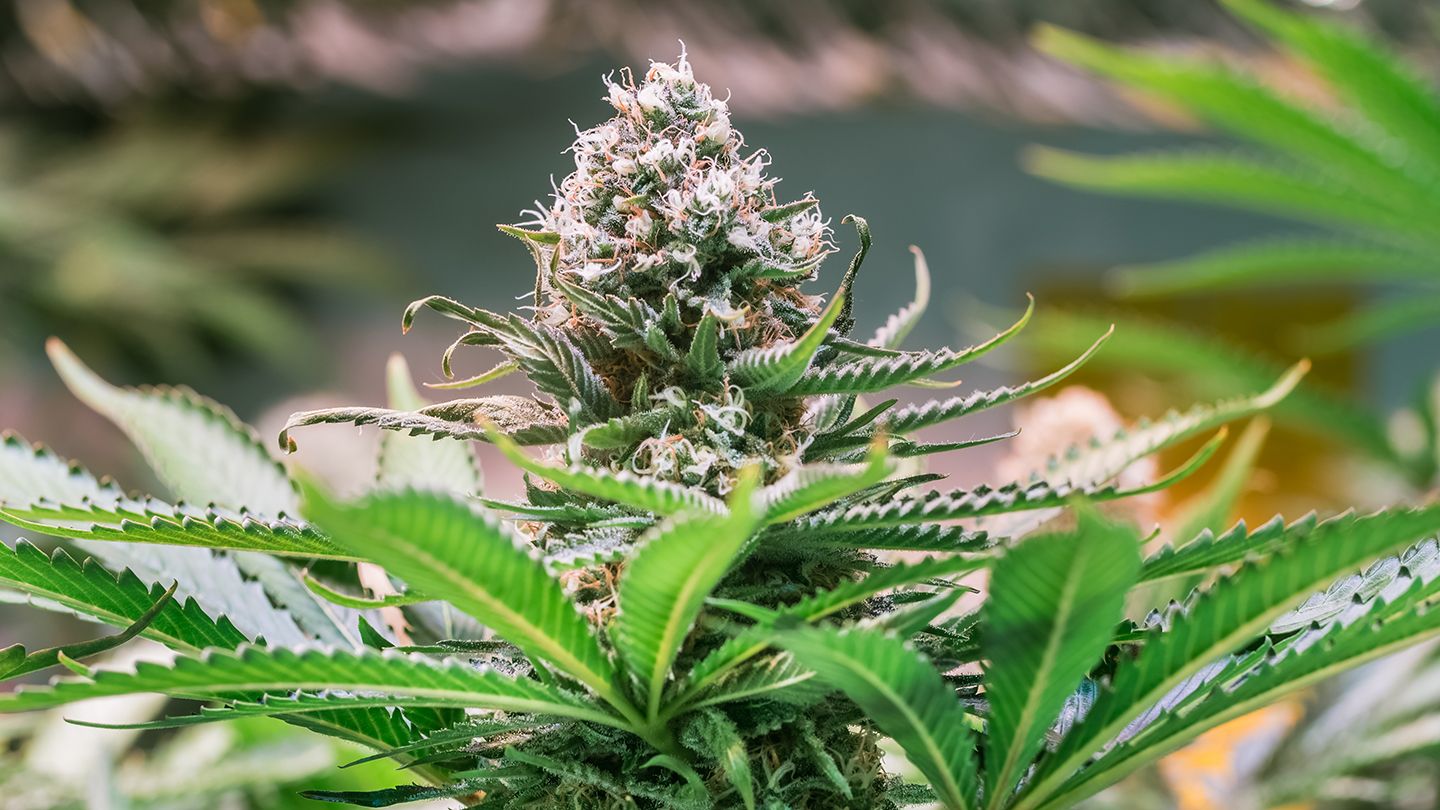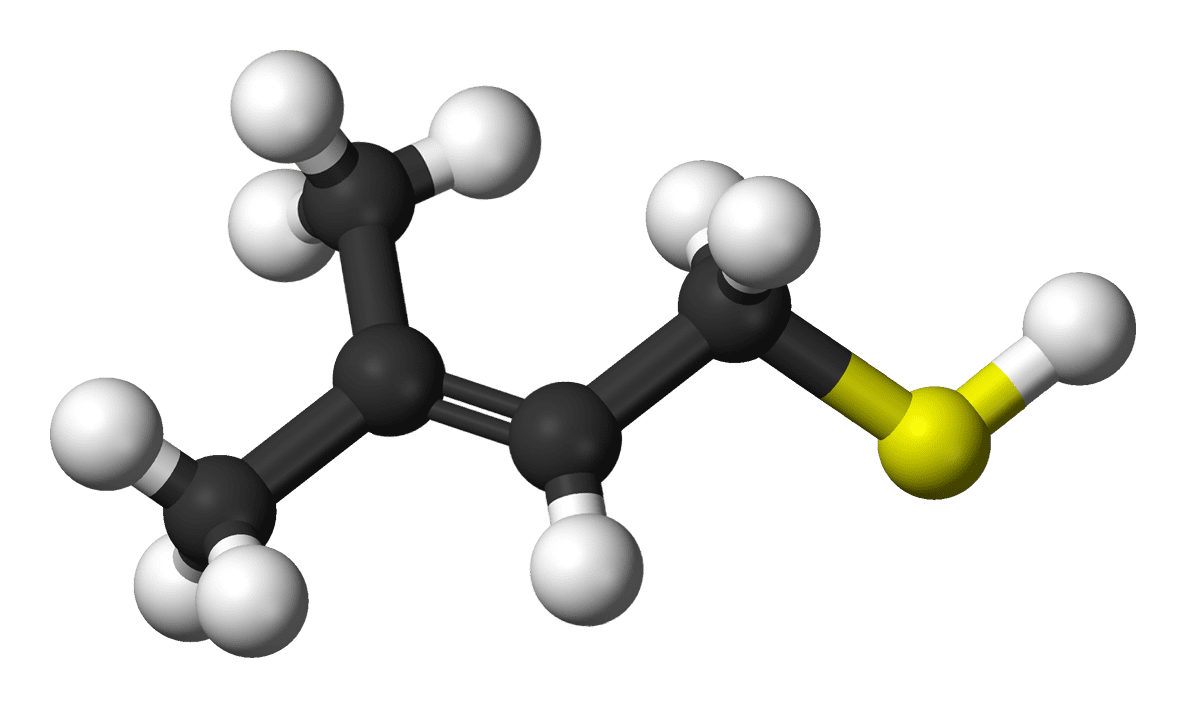Discovery of new compounds solves mystery of cannabis’ pungent smell
A new study is offering one of the most comprehensive investigations ever conducted into the chemical origins of cannabis' unique “skunk-like” smell. The study reveals an entirely new family of sulfur compounds accounts for the novel odor and these molecules are chemically similar to aroma compounds found in garlic.
While plenty of current cannabis research is focusing on understanding the effects of cannabinoids such as tetrahydrocannabinol (THC) or cannabidiol (CBD) there are plenty of other molecules in this deeply complex plant. This new research focused specifically on understanding the chemical source of cannabis’ unique pungent aroma.
Hundreds of different aroma compounds can be found in cannabis. Many of these belong to a class of compounds known as terpenes, which are responsible for many characteristic plant smells, like pine or lavender, and experimental cannabis breeders often play with different terpene concentrations to develop hybrid strains with unique scents. It has been previously hypothesized that terpenes are responsible for the iconic “stink” of cannabis, but difficulties analyzing all the potential aroma compounds in this plant have limited robust study.
“To ameliorate this issue,” the researchers explain in their newly published study, “we employed a custom-built comprehensive 2-dimensional gas chromatography (2DGC) system with three detectors operating simultaneously: A time-of-flight mass spectrometer (TOF-MS), flame ionization detector (FID), and sulfur chemiluminescence detector (SCD).”
The new research focused particularly on molecules known as volatile sulfur compounds (VSCs). These sulfur-containing organic compounds are strongly linked to other pungent plant odors such as hops and garlic. The iconic spray from skunks is also known to contain a number of potent VSCs. So considering the pungent aroma of cannabis is informally referred to as "skunk," it seemed reasonable to home in on what VSCs in the plant could be linked with this highly specific smell.
“The combination of multiple detectors, in tandem with 2DGC to analyze cannabis, gave us the tools needed to parse through data and identify trends between certain compounds and the aromas of various cannabis cultivars,” explains lead author on the new study, Iain Oswald. “Our data conclusively establishes a link between this new family of VSCs in cannabis and its pungent aroma.”
The new study details several VSCs that have never been identified before in nature. Analyzing some especially pungent strains of cannabis revealed direct links between higher concentrations of VSCs and "skunk-like" scents.
“I have suspected for years now that we were missing something in our understanding of this plant,” says another co-author on the study, Josh Del Rosso. “Although terpenes have been hailed as the major source of the pungent scent of cannabis, we now know that it is this new class of VSCs.”
One interesting finding in the study was how chemically similar these newly discovered cannabis VSCs are compared to some VSCs found in garlic. Prior research has linked some health benefits seen in garlic to these specific VSCs, so it is compelling to hypothesize that there may be potential medicinal benefits in these newly discovered cannabis VSCs.
“I hope our results can act as a springboard to help other researchers determine if these compounds endow cannabis with even more medicinal properties than we ever imagined,” notes Del Rosso.
The research demonstrated that despite these VSCs being very volatile, if processed correctly they can remain highly present in some extracts. And analyzing some cannabis extracts revealed VSCs can be still be found in these formulations in a variety of concentrations.
Another aspect to the study measured VSC concentrations across the plant’s growth cycle and following harvesting. The highest levels of VSCs were detected at the end of the plant’s growth cycle, with a peak at the end of an 11-day curing process after harvest.
Importantly, levels of VSCs quickly started to drop as the cured plant was stored. Ten days after curing, levels of these VSCs had significantly dropped. Kevin Koby, another researcher on the project, says these findings offer producers valuable insights if they are looking to maximize VSC content in future cannabis products.
“These results prove that cannabis producers are racing against time when it comes to getting quality products into customers’ hands,” says Koby. “Hopefully our results will establish a new standard for cultivators and distributors to help preserve and protect these key compounds – regardless of the rigors of processing, packaging, and time on shelf.”
The study cumulatively offers strong evidence of the chemical origins behind cannabis’ uniquely pungent odor. It also points to compelling new research pathways into the possible medicinal benefits of these newly discovered compounds.
The new research was published in the journal ACS Omega.


